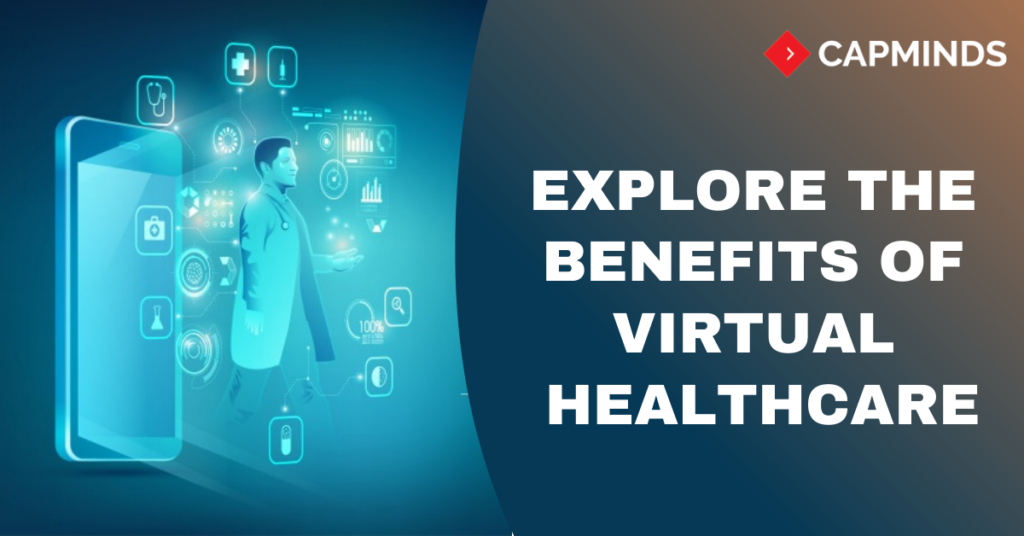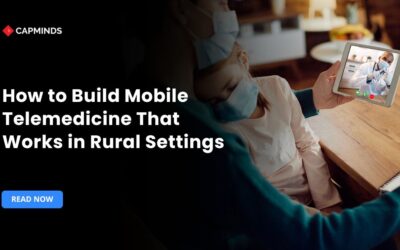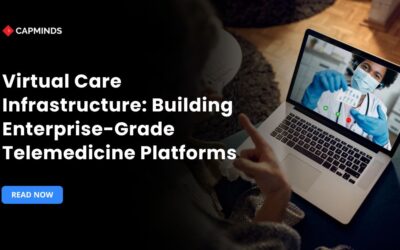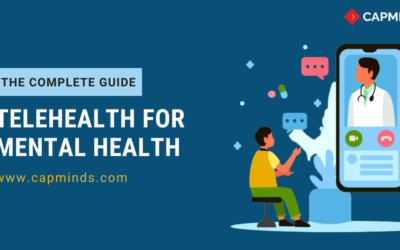Explore The Benefits Of Virtual Healthcare
The healthcare world is ever-changing and fighting against the pandemic COVID-19. Today, physicians and healthcare providers are presented with numerous ways to connect with their patients digitally. One of the hot topics in the health industry is ‘virtual healthcare’. It helps those who lack mobility, have limited access to transportation, or live in remote areas. Here is all about how virtual healthcare benefits patients, healthcare providers, and employees.
What Is Virtual Healthcare?
Virtual care encompasses the ways healthcare providers interact with their patients remotely via mobile devices. This may include checking in after an in-person visit, monitoring vitals after surgery, or responding to any questions about their diagnosis, condition, or treatment plan.
The term ‘virtual healthcare’ is often used interchangeably with telemedicine or telehealth. While telemedicine technically refers to the process of diagnosing and treating common ailments remotely, virtual healthcare takes it further with on-demand access to a broad range of technologies and non-clinical care services.
Better Access For Patients
Telehealth appointments are especially promising for patients living in remote, rural areas. Virtual health care can be a lifesaver, given the shortage of qualified providers in many of these areas. Virtual health care could open up health care to millions nationwide and beyond, according to the American Telemedicine Association.
Improved Care And Reduced Healthcare Cost
The American Medical Association believes telemedicine can improve the quality of patient care and access while not compromising patient safety. Patient-physician relationships can be strengthened and access broadened. Better management of chronic disease shared health professional staffing, reduced travel times and fewer or shorter hospital stays are just some of the savings.
How Does Virtual Care Benefits Patients?
Virtual healthcare doesn’t just provide patients with more convenient care, it offers healthcare on-demand to suit the ever-changing needs of Canadians and their families. For patients with chronic conditions, mobility issues, those living in remote areas and those who require specialist visits, the benefits of virtual healthcare are even greater.
Instead of incurring steep travel and time costs to keep inconvenient appointments, virtual care allows many patients with chronic illnesses to conduct follow up consults at home. This often empowers patients to become more active participants in their care, improving healthcare continuity and overall outcomes.
RELATED: TELEHEALTH – THE FUTURE OF HEALTHCARE
How Does Virtual Healthcare Benefit Physicians And Caregivers?
The benefits of virtual healthcare to physicians and other caregivers are staggering. Supplementing just one patient visit per year with a virtual consult may save primary care physicians an average of five minutes per appointment, freeing up 47.8 million hours across the primary care workforce to see additional patients and accommodate urgent appointments.
With patients better able to book appointments around their schedules, physicians also experience better access to their patients, and both sides enjoy greater continuity of care. Ultimately, effective virtual medical solutions have the power to remove barriers to traditional care for patients and improve efficiency for healthcare providers.
Benefits Of Virtual Healthcare For Ambulatory Care
Ambulatory care, also known as outpatient care, is also on the rise. Ambulatory care facilities offer preventative healthcare, a diagnosis that includes imagining and labs; treatment that may involve same-day surgeries; chemotherapy and other forms of therapy; and rehabilitation — all outside of the hospital setting.
With a virtual care platform, ambulatory care facilities can evaluate patient needs remotely to prioritize care, collaborate virtually with the patient and other providers, educate and monitor patients after treatment, assist in self-management of chronic diseases and disabilities, provide care coordination, and more. Patients can remain connected with caregivers while recovering at home.
How Does Virtual Healthcare Benefits Healthcare Organisations?
For hospital systems, adopting a virtual care platform not only expands capacity, but it can also deliver value in other ways. For instance, telehealth gives hospitals access to specialists and experts outside of the hospital setting. When hospitals can bring these professionals into their patient rooms virtually, there is less risk for the patient going outside of the hospital system to seek care.
Virtual care also enables hospitals to tend to and treat high-acuity patients much faster. Patients spend less time waiting for a provider when a tele-physician can often diagnose and begin treating patients within minutes of arrival. This responsiveness leads to improved patient outcomes which then results in greater patient satisfaction.
Final Thoughts
As the COVID-19 pandemic has accelerated the widespread adoption of communication software to enable medical care remotely, the virtual healthcare platform offers a new way for healthcare providers to connect with and treat patients effectively.
Most virtual care solutions have been implemented to ensure adequate physical distancing between patients and health-care providers. As the telehealth adoption rate continues to grow, investing in this solution will be very crucial for your practice.




